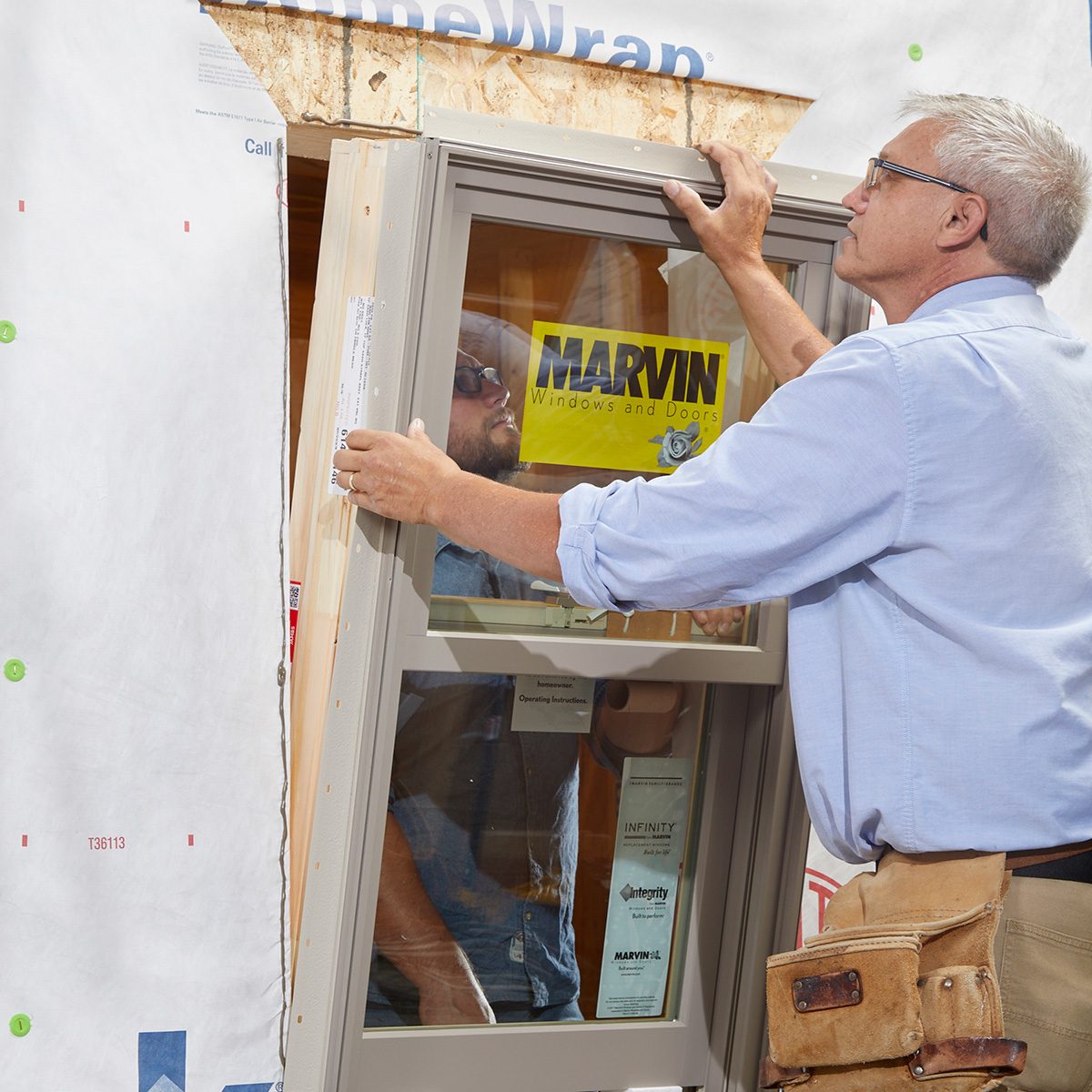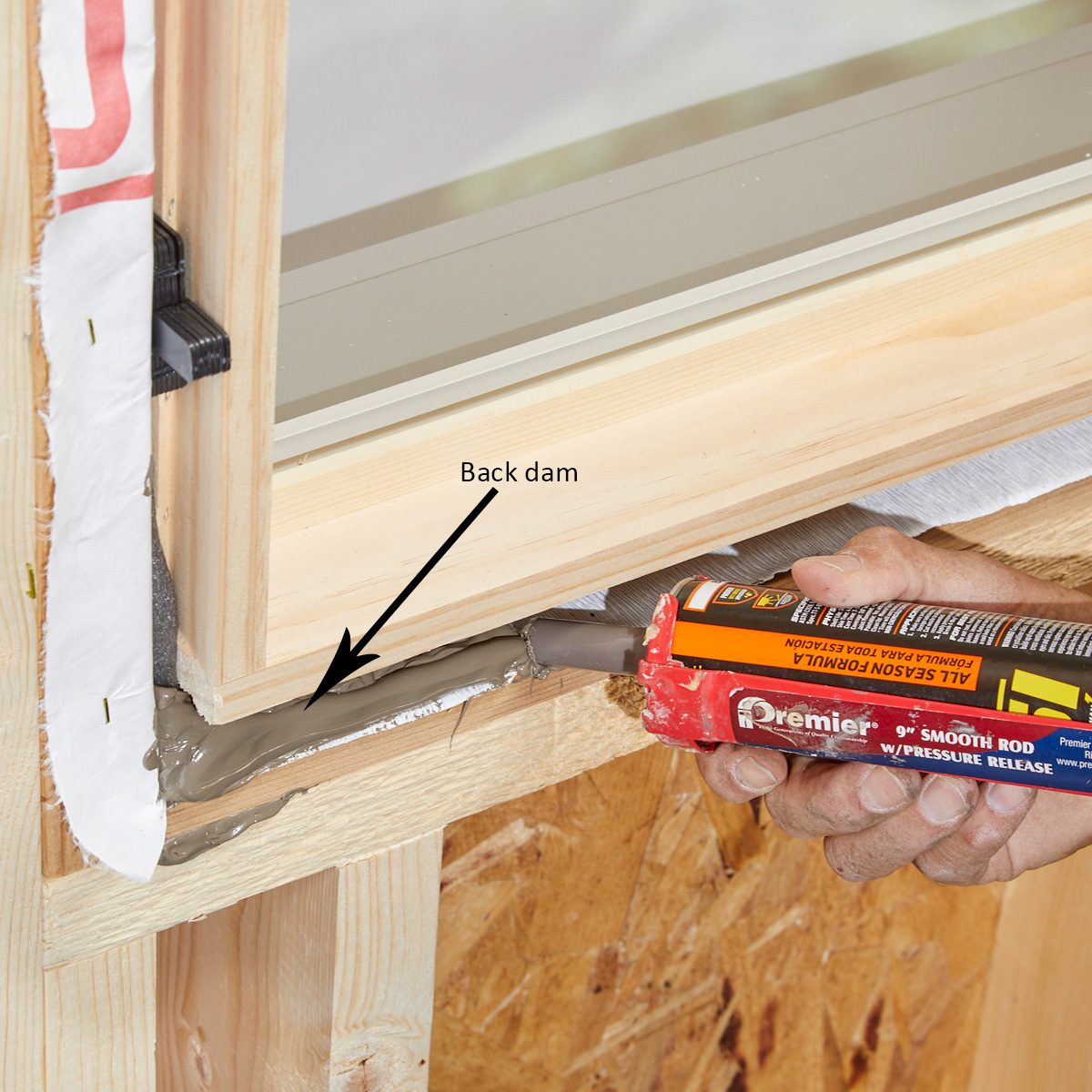New window installation opens up a world of possibilities for homeowners looking to enhance their space. From different types of installations to essential materials and tools, this guide covers everything you need to know to tackle this project with confidence.
Different Types of New Window Installation

When it comes to installing new windows, there are various types to consider based on the design and functionality of the window. Let’s explore the process of installing different types of windows.
Installing Single-Hung Windows
Single-hung windows are a popular choice for many homes due to their classic design and ease of operation. The installation process involves the following steps:
- Measure the window opening accurately to ensure a proper fit.
- Remove the old window carefully to avoid any damage to the surrounding frame.
- Secure the new window in place and make sure it is level and square.
- Seal the window with caulk to prevent air leaks.
Installing Double-Hung Windows
Double-hung windows offer versatility with two operable sashes for better ventilation. The installation process includes:
- Measure the window opening and remove the old window.
- Install the new window by securing both upper and lower sashes.
- Check for proper insulation and seal any gaps to improve energy efficiency.
Casement Windows vs. Sliding Windows Installation
Casement windows open outward with a hinge on one side, while sliding windows move horizontally along a track. The installation process for each type involves:
- For casement windows, secure the hinges and ensure a tight seal when closed.
- For sliding windows, align the sashes properly and check for smooth operation.
- Both types require proper sealing to prevent drafts and water leaks.
Challenges of Installing Bay or Bow Windows
Bay and bow windows add architectural interest to a home but come with unique installation challenges:
- Structural support is crucial to handle the weight of these protruding windows.
- Precise measurements are needed to ensure a snug fit and proper alignment of multiple window units.
- Sealing and insulating these windows require extra attention to prevent air and water infiltration.
Materials and Tools Required for New Window Installation
When installing new windows, it is essential to have the right materials and tools to ensure a successful and efficient installation process.
Essential Materials:
- Glass panes or window units
- Window frames
- Shims
- Screws or nails
- Insulation strips or foam
- Sealants or caulking
- Trim or molding
- Window flashing
Specialized Tools:, New window installation
- Measuring tape
- Level
- Hammer
- Screwdriver or drill
- Putty knife
- Caulking gun
- Gloves and safety goggles
Using specific materials like shims, sealants, and insulation is crucial during window installation to ensure proper alignment, weatherproofing, and energy efficiency. Shims help to level and support the window, sealants prevent air and water leaks, and insulation improves energy efficiency by reducing heat loss.
Safety Equipment and Precautions:
- Wear safety goggles and gloves to protect your eyes and hands from injuries.
- Use a sturdy ladder or scaffolding when working at heights to prevent falls.
- Follow manufacturer instructions and safety guidelines for tools and equipment.
- Avoid working in extreme weather conditions to ensure a safe working environment.
Steps for Preparing the Opening for New Window Installation

When installing a new window, proper preparation of the opening is crucial to ensure a seamless and secure fit. This involves accurate measurement, removal of old windows, and ensuring the frame is in good condition.
Measuring the Window Opening
Accurate measurements are essential to ensure the new window fits perfectly. Measure the width and height of the opening at multiple points to account for any variations. Use a level to check for any irregularities that may affect the installation.
Removing Old Windows and Preparing the Frame
Carefully remove the old window, taking care not to damage the surrounding frame. Clean the opening thoroughly and inspect for any signs of damage or rot. Repair any issues before proceeding with the installation to ensure a secure fit for the new window.
Ensuring the Opening is Level, Plumb, and Square
Use a level to ensure the opening is perfectly level, plumb, and square. This step is crucial to prevent any issues with the installation and to ensure the window operates smoothly. Make any necessary adjustments to the frame to achieve the correct alignment.
Addressing Existing Damage or Issues
If you encounter any existing damage or issues in the window frame during preparation, take the time to address them before installing the new window. Repair any rot, replace damaged wood, and make sure the frame is structurally sound to support the new window properly.
Installation Techniques and Best Practices for New Windows

Proper installation of new windows is crucial for ensuring energy efficiency, weatherproofing, and longevity. Here, we will discuss the step-by-step process of installing a new window, the importance of sealing and insulation, tips for anchoring securely, and common mistakes to avoid.
Step-by-Step Process of Installing a New Window
- Measure the window opening accurately to ensure a proper fit.
- Remove the old window carefully, taking care not to damage the surrounding structure.
- Prepare the opening by cleaning and leveling the area.
- Apply a waterproof membrane or flashing tape to prevent water infiltration.
- Insert the new window into the opening and secure it in place.
- Insulate around the window frame to improve energy efficiency.
- Seal any gaps with caulk or foam to prevent air leaks.
Importance of Proper Sealing and Insulation
Proper sealing and insulation are essential to prevent air leaks, moisture intrusion, and heat loss. By creating a tight seal around the window frame, you can improve energy efficiency and reduce utility costs.
Tips for Ensuring Secure Anchoring and Weatherproofing
- Use quality screws or nails to anchor the window securely to the frame.
- Apply a bead of caulk around the exterior of the window to seal out moisture.
- Check for proper alignment and operation of the window before finishing the installation.
- Consider adding weather-stripping for additional protection against drafts.
Common Mistakes to Avoid During Installation
- Avoid rushing the installation process to ensure proper alignment and sealing.
- Do not skip the step of applying a waterproof membrane or flashing tape.
- Avoid over-tightening screws, which can damage the window frame.
- Ensure proper insulation to prevent condensation and mold growth.
Closing Summary: New Window Installation
In conclusion, mastering the art of new window installation can significantly improve the aesthetics and functionality of your home. With the right techniques and knowledge, you can upgrade your living space while increasing energy efficiency. Dive into this exciting journey of transformation today!
Clarifying Questions
What are the common challenges when installing bay or bow windows?
Installing bay or bow windows can be tricky due to their unique design, requiring careful measurements and precise adjustments to ensure a proper fit.
Why is proper sealing and insulation important during window installation?
Proper sealing and insulation help prevent air leaks, improve energy efficiency, and enhance the overall performance of your new windows.
What safety equipment is necessary for window installation projects?
Safety goggles, gloves, and a sturdy ladder are essential for protecting yourself during window installation projects.